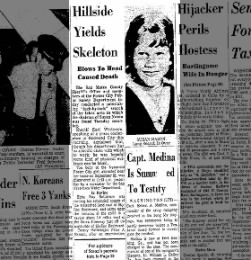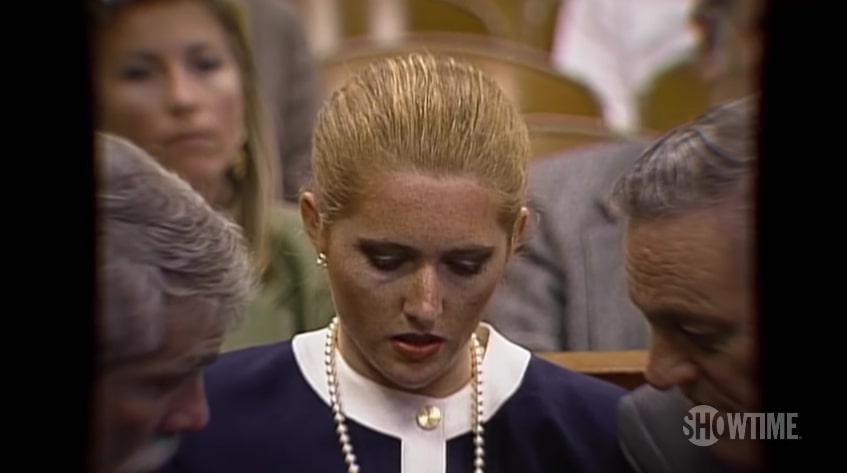Showtime’s ‘Buried’ is a documentary series that delves into the notion of repressed memories, better known as dissociative amnesia, and how that became the focal point of a 1969 homicide case in California. After all, the sudden disappearance and death of 8-year-old Susan Nason had baffled authorities for decades, that is, until a re-called vision led to an allegation that turned everything around. So now, let us delve into all the nitty-gritty details of Susan’s murder, including the circumstances encompassing the matter and its harrowing long-drawn aftermath, shall we?
How Did Susan Nason Die?
Born on September 27, 1960, Susan Kay Nason was residing in Foster City, California — a then-quaint region populated mainly by young families — with her own family when she lost her life in one of the worst ways imaginable. A few days before her 9th birthday, on September 22, 1969, the third-grader was sent to complete a brief errand by her mother Margaret, who thought that the clear autumn day would be safe for the child, yet that was not the case. She was never seen or heard from again. Despite an extensive search, there were no signs of Susan in the days, weeks, and months that followed.

It was only in early December that a San Francisco Water Department employee unveiled Susan’s broken and decomposed remains under an old mattress near Crystal Springs Reservoir off Highway 92, 15 miles from her home city. According to reports, a ring on her finger was bent, suggesting that she had tried to fight her assailant, and she had numerous other cuts and abrasions as well. However, the most heinous feature was that the 8-year-old was allegedly sexually abused before being bludgeoned to death. The blows to her head were what caused her passing.
Who Killed Susan Nason?
In the time that ensued, Susan’s father, Donald Nason, a once-contractor, offered a $20,000 award with the help of his employer for any information leading to the arrest and conviction of her killer, but to no avail. A few tips did come to light, but investigators quickly hit a wall, and the matter went cold until November 1989. That’s when Susan’s childhood friend, neighbor, and classmate, Eileen Franklin-Lipsker, came forward to assert that she’d just remembered that she’d witnessed her father abduct, rape, and kill the 8-year-old near the reservoir around 20 years prior.

Eileen said that the memory came back to her while she was watching her own daughter play around, adding that it could be because the latter was nearing the same age as Susan when she passed away. She informed her husband of the situation first, who subsequently helped her share the details with the detectives. As per Eileen, her father and retired firefighter, George Franklin, picked Susan up on that ominous day, drove them to “the woods,” and raped her in the back of the vehicle before using a rock to hit her over the head twice. She even mentioned the ring.
Eileen also claimed that her father threatened her following the offense by stating that if she ever told anyone, he would either kill her or she’d go to jail for being an accomplice. As if this wasn’t enough, her sister Janice and her mother Leah also confessed to suspecting George of having a hand in Susan’s homicide even though they didn’t come forth with it before. They added that he was physically and sexually abusive to most females in the household as they were growing up. With that, George was soon arrested and charged with first-degree murder and sexual abuse.

In early 1981, a San Mateo County jury found George guilty of murder, and he was sentenced to life in prison. After five years, though, upon appeal, a federal judge overturned his conviction. They declared that the trial judge had erred by not letting the defense argue in court “that the details Eileen provided about the crime were based on newspaper articles of the murder, not a recovered memory.”
Moreover, George’s possible “confession” during a conversation with his daughter from jail — wherein he remained silent upon being accused — was, according to prosecutors, a sign of guilt. But this, later, came under the purview of a trial error. With his release from prison, prosecutors decided not to re-try the case. Hence, Susan’s homicide technically remains unsolved.
Read More: Where is Eileen Franklin-Lipsker Now?


You must be logged in to post a comment.